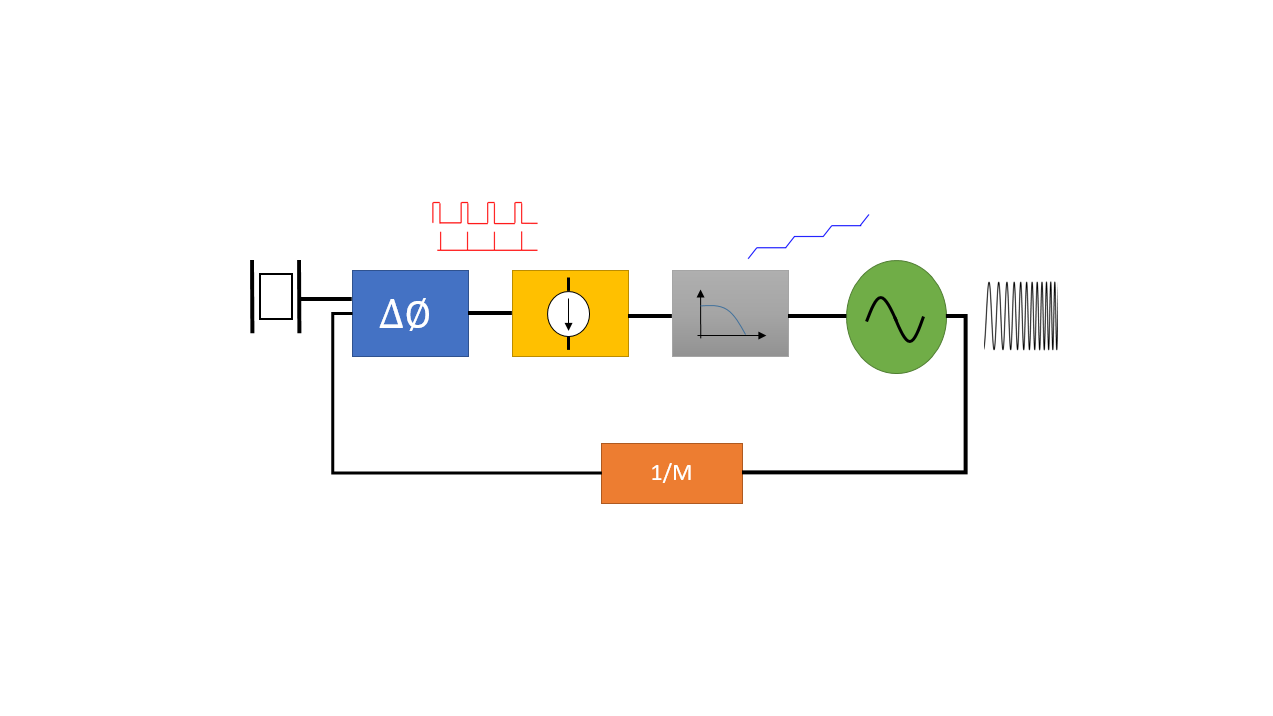Course Title: Phase Locked Loops (PLL) Theory and Behavioral Modeling (RAHRF469)
Course Description: Unlock the secrets of one of the most crucial components in RF communication transceiver systems: Phase Locked Loops (PLL). From simple clock circuits to high-performance radio communication links and ultra-fast switching frequency synthesizers in vector network analyzers (VNA), PLLs play a central role in a variety of high-frequency applications. This course is your comprehensive guide to PLL theory, design, and behavioral modeling.
Course Highlights:
- PLL Types: Explore different types of PLLs, from basic to higher-order designs.
- Behavioral Modeling: Dive into behavioral modeling using Advanced Design System (ADS) software.
- Phase Noise Analysis: Understand the impact of phase noise in PLL systems and how to mitigate it.
Prerequisites: To succeed in this course, you should have a solid understanding of the following:
- Electronics and analog circuit design (intermediate level)
- Control Theory (basic level)
- Familiarity with ADS software
- Concepts such as open and closed-loop gain, feedback, transfer functions, phase margin, CMOS transistors, basic op-amps, and Laplace transforms.
Please note that this course involves more mathematical content than previous courses, including university-level mathematical calculations.
Instructor: Ata Sarrafi Advisor: Ahsan Ghoncheh
Course Curriculum:
PLL BASICS (11 Modules):
- Understand the significance of PLLs in RF communication systems.
- Dive into PLL blocks, including Phase Detectors (PDs) and Voltage-Controlled Oscillators (VCOs).
- Explore PLL loop operation and transfer functions.
- Delve into the critical consideration of phase margin.
- Work through practical design examples and understand frequency multiplication.
PLL TYPES AND BEHAVIORAL SIMULATION (11 Modules):
- Learn about Type-I and Type-II PLLs.
- Explore Phase Frequency Detectors (PFDs) and Charge Pumps (CPs).
- Perform behavioral simulations of PFDs and CPs.
- Analyze the transfer function and stability of CPPLLs.
- Gain insights into open-loop bandwidth and phase margin.
- Work on numerical examples and explore higher-order PLLs.
HIGHER ORDER PLL (2 Modules):
- Discover the principles of PLL design and initial values.
- Explore 3rd order PLL filters.
ADS SIMULATION (2 Modules):
- Gain hands-on experience with ADS simulation.
- Simulate VCO divider models and PLL transient behavior.
PLL PHASE NOISE (6 Modules):
- Understand phase noise and its impact on PLLs.
- Analyze phase noise sources and their effects on VCO phase noise.
- Explore spurs and their suppression.
- Study reference phase noise and its transfer function.
- Understand the relationship between jitter and phase noise.
This course equips you with the knowledge and skills to design, simulate, and analyze PLL systems effectively. Join us in unraveling the fascinating world of Phase Locked Loops and become proficient in one of the cornerstones of RF engineering.
For a complete list of Pre-Requisite and available courses please refer to the below table:
Course Features
- Lectures 32
- Quiz 0
- Duration 6 hours
- Skill level All levels
- Language English
- Students 3287
- Certificate Yes
- Assessments Yes


